Old vs. New Series of Panel Buildings: Differences in Construction Concepts

Architectural Council portal continues to compare old series of panel buildings with new generation panel buildings that house-building plants started constructing in accordance with the instructions received from Mayor Sergei Sobyanin. Today we are going to consider the architectural adjustability of new panel buildings and landscape they create.
Wide range of sections (modules), great variety of layout configurations and arrangement methods
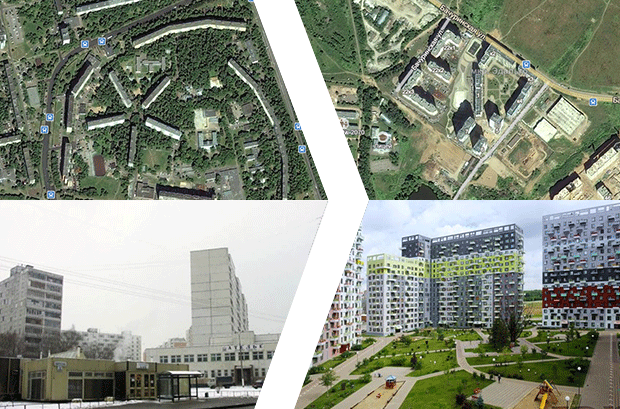
Arrangement of block-sections using different types is the key criterion outlined in the recently approved standards. A full-fledged residential quarter can be constructed only if a wide range of building modules is used. Therefore, Moscow house-building plants should provide several types of sections in the series: traditional straight (with latitudinal or meridional orientation), angled and corner sections, which can be used to make necessary building configuration adjustable to sites of any level of complexity.
In fact, both corner and angled sections are found in post-Soviet generation series; back then a range of series was formed to suit areas of different shapes. In some cases, rather interesting building layouts were created. (Some sites, where designers tried to achieve artistic appearance of buildings by arranging sections with different plans, created geometric «patterns» that can be clearly seen from a satellite).
However, as far as mass housing construction is concerned, only now the principle of multiform section arrangement is becoming obligatory condition for all modern panel buildings.
Full—fledged residential corner sections
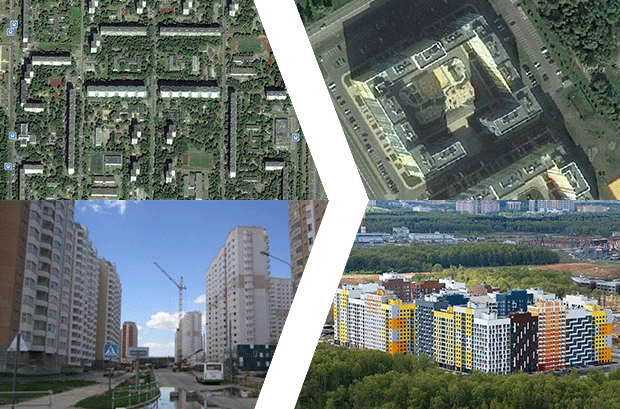
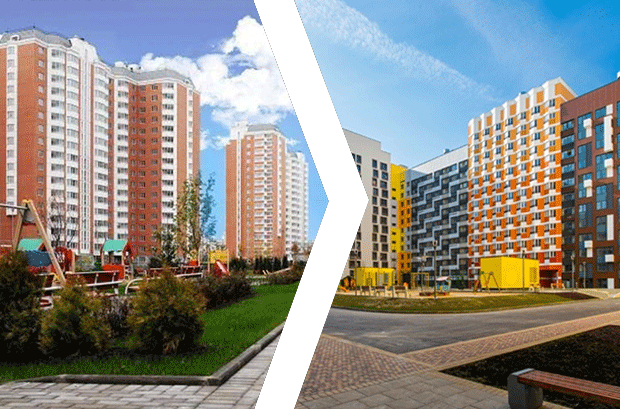
Corner sections of most old building series form solid concrete surface. They do not provide space for apartments, which proves to be impractical, both in terms of efficient use of space, and living environment formation.
The absence of corner sections results in difficulties when designing comfortable and safe yards. And, of course, it does not look aesthetically acceptable, because gable walls are often decorated only with poorly made inter-panel joints and in rare cases — with ornamental designs or monumental compositions and mosaics.
Corner sections in new generation series are filled with apartments, thus monotonous facades look much better in the presence of windows and balconies. A corner section can also form a residential yard and maximize the effective use of the land.
Flexibility in city-planning, possibility to shift sections in relation to each other
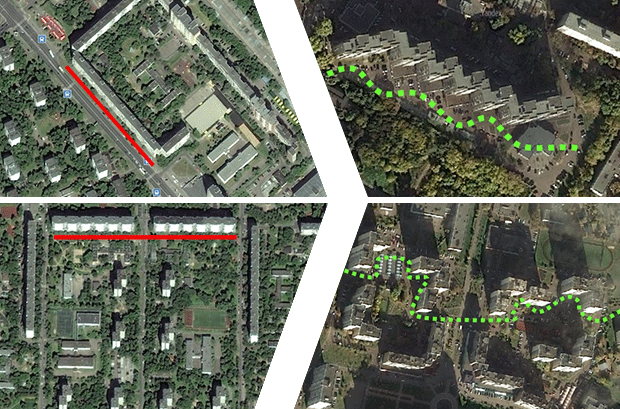
In most cases the existing series of apartment blocks form such configurations that are most profitable for developers and often they are not suited to the specifics of the site. This situation is typical for most microdistricts. New series should be technically adjustable to the peculiarities of the territory and surrounding buildings, when developing space and layout design. Layout shall provide for possibility to shift sections in relation to each other. This principle helps to avoid building monotonous facade lines, arranged in rows, and can create multiform silhouettes and diverse appearances of buildings.
Balance between buildings’ silhouette and surrounding landscape
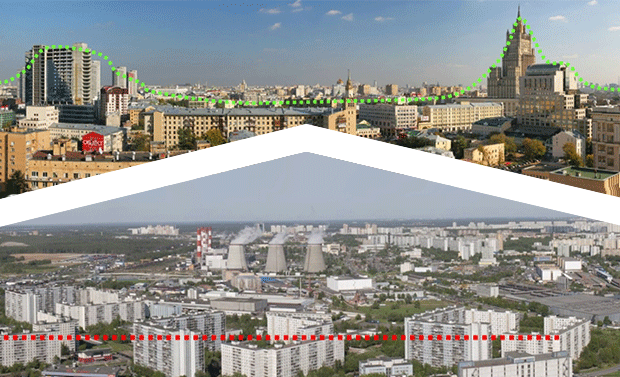
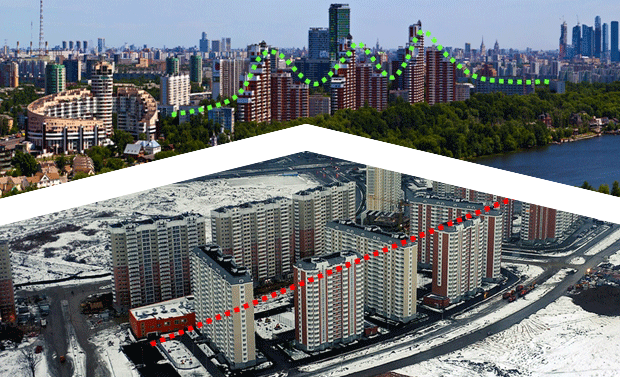
Every city has its typical peculiarities created in the process of historical city formation; silhouette is an important element of the cityscape. Mass housing construction is often carried out contrary to this rule; and monotonous appearance of standardized apartment blocks cannot create an expressive cityscape, which is against its nature.
One way to solve the problem is to provide sections with non-fixed number of floors and offer the city new interesting skylines that can be organically integrated into the structure of the existing cityscape.




